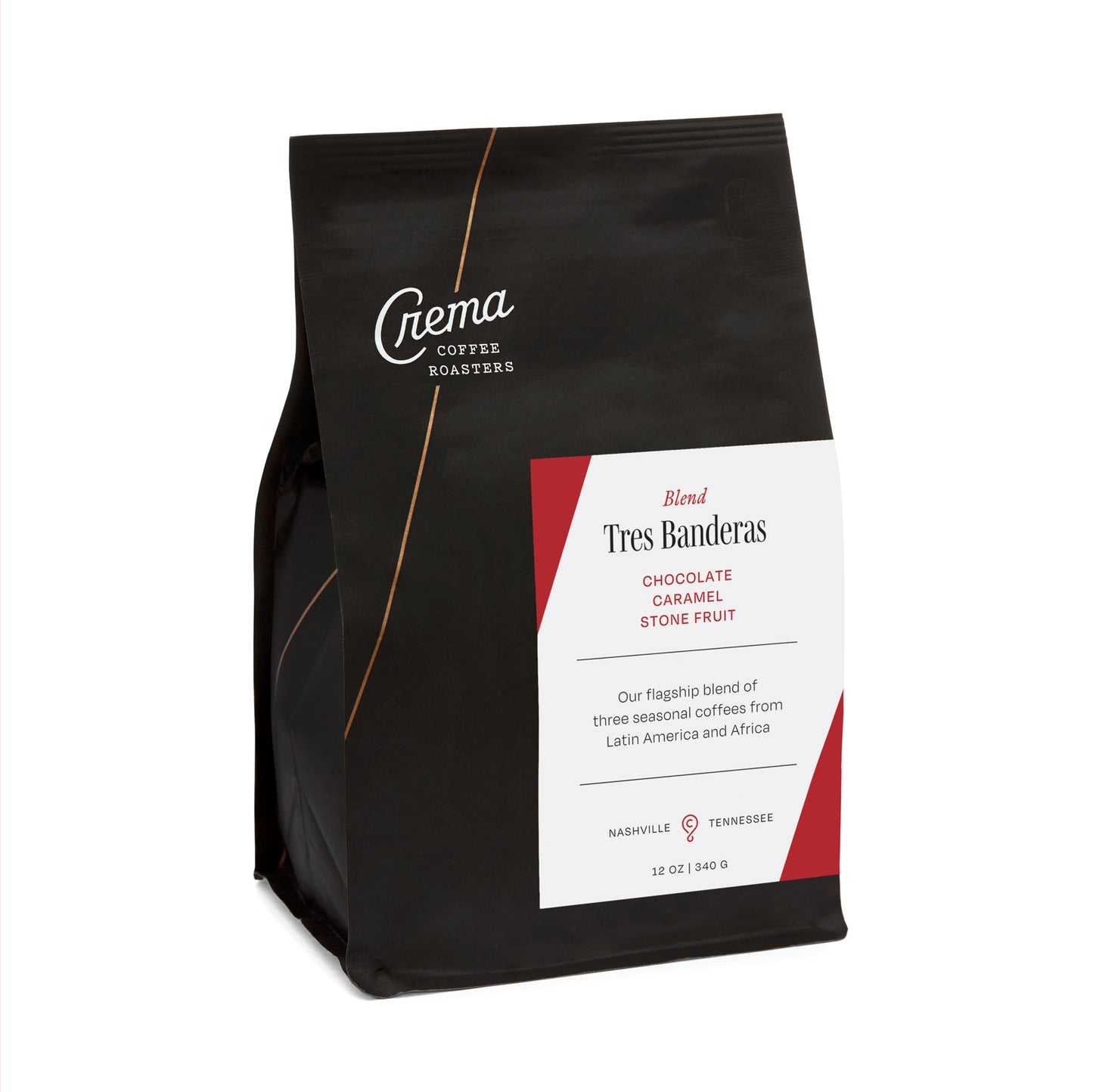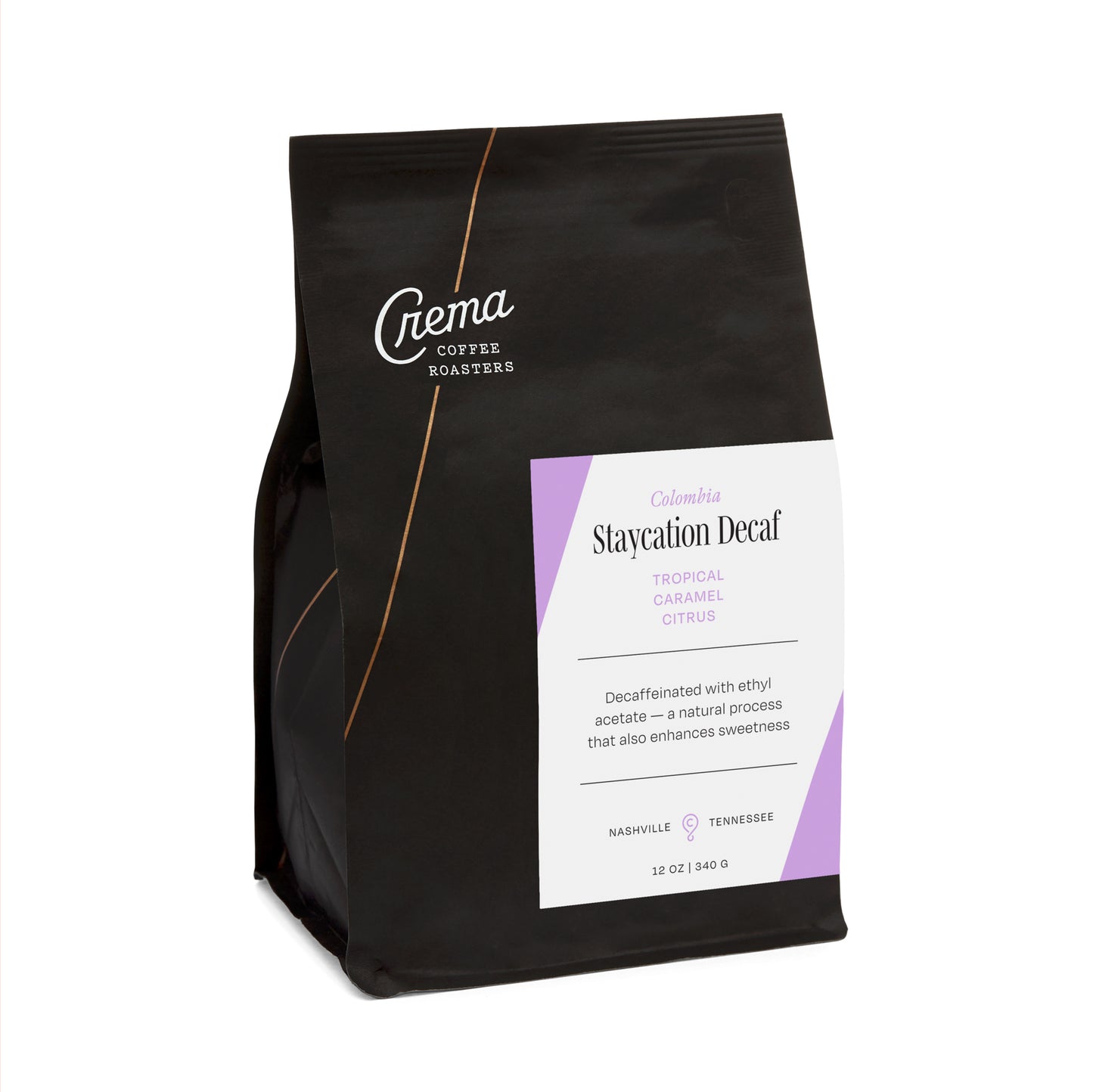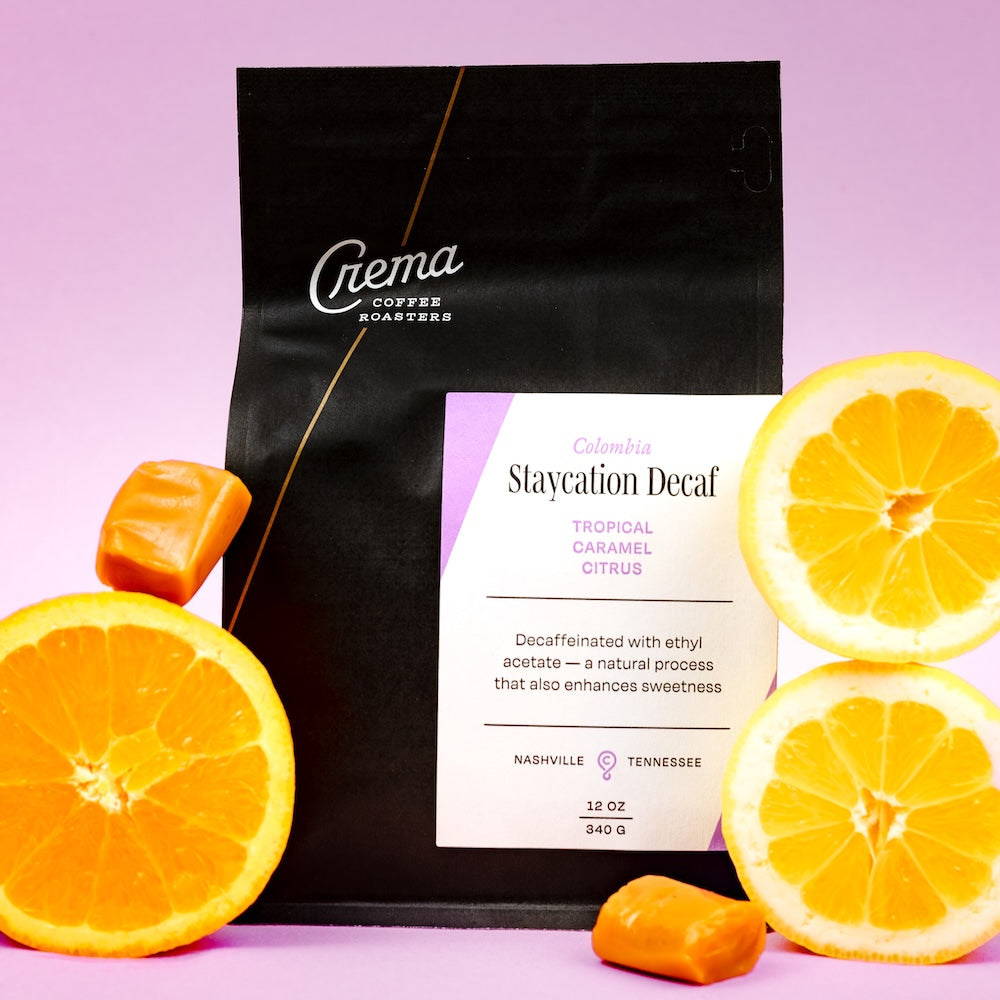Just how many things can affect how your coffee will taste? Let us count the ways: terroir (qualities of the land/soil), farm elevation, processing techniques, when and how the coffee is picked, roasting, brewing, and, yes, the actual variety of the coffee plant. (And probably, like, a million more things!)
We don’t want to get too in the botanist-like weeds here, but inspired by the release of two different varieties of coffee from the same farm a couple years ago, we thought it was apropos to at least ‘dig’ into the proverbial coffee soil and pull up some ‘dirt’ on coffee varieties. If you do want to ‘sow’ up some serious coffee plant and variety knowledge, World Coffee Research has an extensive coffee variety catalog where you can ‘plant’ yourself for however long you want.
Our goal for this post isn’t to go through all the coffee varieties and tell you characteristics of each (mostly because you can check out that coffee varieties catalog mentioned above), but to briefly present another facet of the beautiful, and sometimes dizzying, complexity of coffee.
Too often we forget that coffee or coffea arabica, by its scientific name, like most other plants has dozens (or hundreds, possibly thousands with all of the heirloom varieties that grow wild in Ethiopia) of different varieties that all have their own set of characteristics. One of the most common ways to wrap your brain around this is thinking about the different kinds of apples — a granny smith looks and tastes different from a red delicious or honeycrisp and so on. The same is true for each of the coffee varieties cherry/plant.
Coffee varieties can have an effect on things like:
General flavor profile/characteristics*
Size of the coffee plant
Color of the coffee cherries
Color of the leaf tips
Size of the seed (bean)
Yield for each plant
Resistance (or susceptibility) to plant diseases
How well it grows at certain altitudes

As the final consumer of the coffee, we don’t really encounter many of these characteristics of coffee varieties because, chances are, we aren’t seeing the coffee in its plant form. And, because there’s so many other things affecting how the coffee tastes (remember that list at the beginning?), the type of coffee plant that produced your coffee typically isn’t one of the main flavor contributors we think about.
But coffee varieties can affect the flavor of the final cup. (We know because we've tasted it!) Here's a few common coffee varieties and a little about each one.
COMMON COFFEE VARIETIES
Red Pacamara
A genetic cross between the pacas and maragogype varieties producing a large bean.
‘Red’ refers to the color of the coffee cherry when ripe
Pacamara coffee varieties tend to have some (or all) of these flavor characteristics: a creamy body, vibrant acidity, floral qualities and complex fruitiness

Yellow Caturra
Natural mutation of the bourbon varietal that causes the plant to grow smaller (called dwarfism in botany)
‘Yellow’ refers to the color of the coffee cherry when ripe.
Caturra coffee varieties tend to have some (or all) of these flavor characteristics: very well balanced honey-like sweetness and citrus acidity, chocolatey, medium to full bodied mouth feel
Bourbon
One of the most prevalent (and oldest) coffee varieties
Grows well at high altitudes
Clean and super sweet cup, with chocolatey and nutty characteristics that's super well balanced
Catuai
Compact plant that's a cross between Mundo Novo and Caturra
Highly productive plant with lots of cherries per branch
Sugary sweetness, mildly fruity with some smooth nutty characteristics
SL28
Typically found in African countries and genetically related to bourbon, this coffee varietal was created in Scott Labs in the 1930s (hence the SL!)
Can be left untended for years or decades and still return to successful production
These coffee varieties have a bright acidity and syrupy, full body and can also impart floral and spicy notes
Ready to try some different coffee varieties?
Check out our coffees and try a couple different types with your newfound knowledge!
← Older post Newer post →











